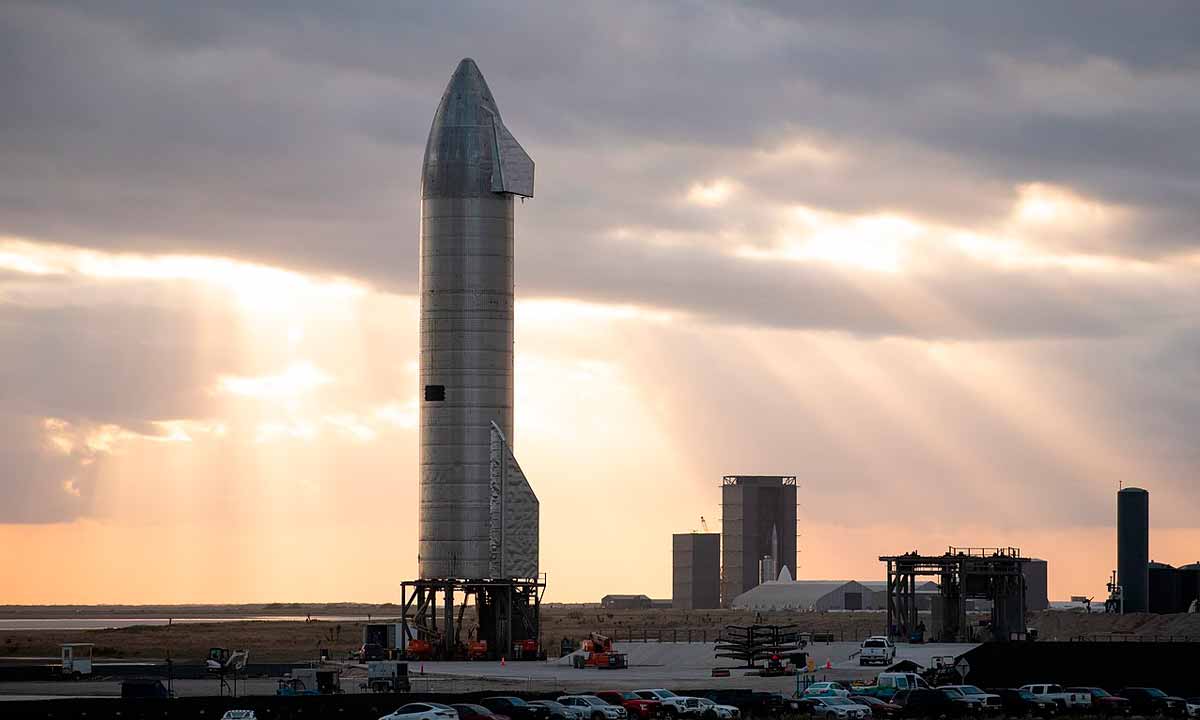
Of NASA’s plans for the near future, no doubt the most exciting is to take humans to Mars sometime in the next decade. However, this objective depends on many previous steps and, if we think about it carefully, we will see that it is possible that the arrival of man on the red planet will be delayed to the next decade or even if there is a loss of interest and therefore of investment, which can be postponed indefinitely. Of course I hope that it does not happen, but it is a possibility that we must take into account.
However, one of the steps of the NASA project to take humans to Mars happens because the human being returns to the moon, our natural satellite, a milestone first reached in 1969 with the Apollo XI mission. Plans at the time pointed to a future where our presence there would intensify over time. However, after several more missions within the same program, it was canceled and, contrary to initial expectations, that moment marked the end of man’s presence on the satellite.
For this reason, when NASA announced the return of man to the Moon, within the Artemis project, for the year 2024, the illusions of many people, who consider that space exploration plays an important role in the present and future of humanity , they profusely celebrated these new plans… but they were taken with a point of skepticism, while assuming that delays were a fairly likely possibility.
And this is what the US space agency has confirmed. After a few months of doubts about it, motivated by budgetary problems and by Blue Origin’s reaction after losing NASA’s tender to build the ship that will take us to the Moon, which forced preparations to be delayed for several months, today we can read on SlashGear that the first manned Artemis mission to the Moon will most likely not occur until 2025 at the earliest.
Let us remember that before the manned mission to the Moon, now scheduled for 2025, NASA has planned two major preliminary steps. The first, the Artemis I mission, . It will consist of the launch of the vehicle built for the mission, but without a crew, and it will go into orbit around the Moon for six days before returning to Earth. The Artemis II mission will repeat the same steps, but this time with a crew.
Only when both missions have been successfully completed will Artemis III take place, which is the mission that will mark the return of the human being to the Moon. Thus, any delay in the previous two missions can further delay this mission. Nevertheless, what NASA is making clear is that Artemis is a priority, and consequently will continue to press for the necessary funding. Let’s hope this happens sooner rather than later.




